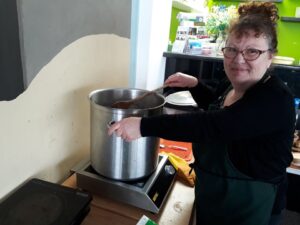A community response to loneliness
A handbook of tips, activities and inspiration
Social connections are the fabric of our communities. They enable all those day-to-day interactions that provide us with a sense of belonging. And they create the conditions for us to do the things we enjoy and that matter to us most.
Community groups, like the 150 Big Local partnerships located around England, have an important role to play in creating positive communities where social connections can thrive and loneliness and social isolation can be identified and reduced.
Big Local partnerships are already doing lots in their communities to prevent and reduce loneliness and social isolation. This handbook offers a unique insight into how community and resident groups can address loneliness themselves.
It will:
- help to define loneliness and social isolation and examine the impact on individuals and communities
- describe some of the causes (risk factors) and the groups most likely to be affected
- explore key questions you might want to ask to strengthen your impact and reach in your community
- share ideas from Big Local areas and beyond
- give links to relevant organisations and resources.
Section 1
What is loneliness and social isolation?
We all feel lonely sometimes, even if we have lots of social connections. Loneliness
is that empty, negative feeling where we yearn for companionship that seems
unavailable or out of reach.
Who experiences loneliness?
Most of us will experience loneliness at some point in our lives. Around half (45%) of adults in England say they feel lonely occasionally, sometimes or often, with 1 in 20 saying they feel lonely ‘often or always’.
Causes and risk factors
Loneliness can have many different causes and can be triggered by many different
factors, which vary from person to person. These can be at the individual level,
connected to personal circumstances, or at the community or wider societal level.
Understanding these factors will help you identify those at risk in your community.
Whatever you plan to do, here are some important things to consider:
Practical ideas
In this section you will find some ideas and examples of things Big Local partnerships have been doing to prevent and reduce loneliness.
Activities:
Bring people together
Events at street, neighbourhood or community level can be a good way to encourage a sense of belonging. But often the difficulty is sustaining the connections made beyond one-off conversations on the day.
A key factor in the success of many Big Local partnerships has been to ensure that events are genuinely open to everyone in the community. So think about who is usually missing from your events. Who should you make a special effort to include? The way you describe an event is very important; for example, those without children may think that a ‘family fun day’ is not aimed at them.
More structured and active community involvement can be a great way to connect people. Coming together to solve a shared problem or to speak out about a shared issue (sometimes called an ‘asset-based approach to community development’) can create social cohesion and strengthen our communities.
The places and spaces where we come together to connect, both formally and informally, are also important. Make good use of your ‘ordinary’ spaces, such as cafes and parks, to widen your reach.
Find out more at: Connection Coalition
Learning conversations
A learning conversation aims to find connections between the skills and passions of each individual and the needs of the wider community,
Intergenerational approaches
It is important to think about people across the life course when planning and delivering activities. We know that young people and older people experience loneliness but we must also not forget those in midlife.
Of course, it may sometimes make sense to target social activities at a particular age group. But there is evidence that deliberately bringing different ages together can be extremely positive, improving social connections through sharing spaces, skills and experience throughout the community. Young people can help older people get online and adult volunteers can help children read in schools, for example.
Find out more at: United for all ages
Recovery and reconnection: learning from COVID-19
Section 3:
Useful resources
Here are some additional resources you might find helpful in your community response to loneliness and social isolation.
Was this page helpful?
Thank you for your feedback!

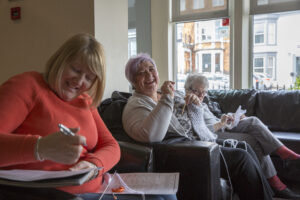
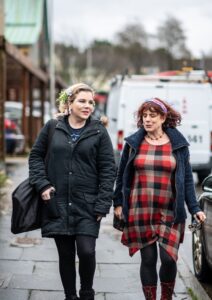
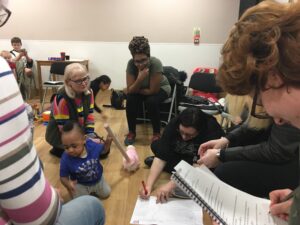
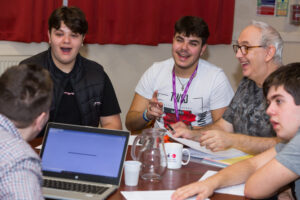
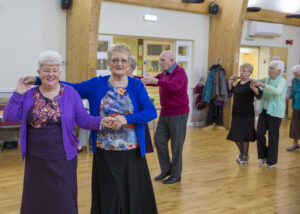
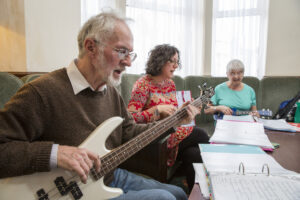
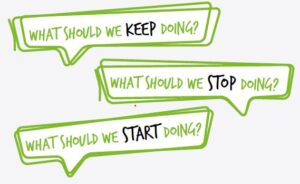
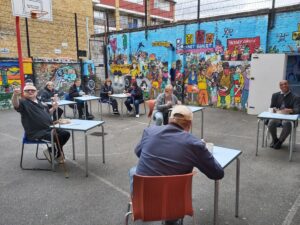
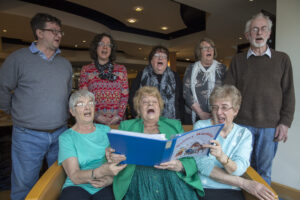
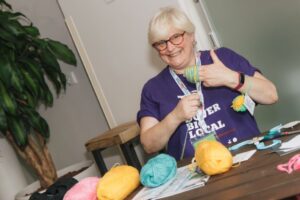 This creative project has given people in East Coseley something to talk about and made them smile! As part of the Just Start Talking project, people from across the community have made pom-poms and ‘pom-bombed’ the local area. Not only have the pom-poms been a conversation starter but they have also raised awareness of loneliness and isolation locally, encouraging people to talk and take action.
This creative project has given people in East Coseley something to talk about and made them smile! As part of the Just Start Talking project, people from across the community have made pom-poms and ‘pom-bombed’ the local area. Not only have the pom-poms been a conversation starter but they have also raised awareness of loneliness and isolation locally, encouraging people to talk and take action.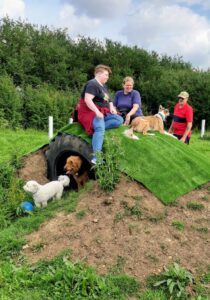 The idea for this dog-friendly community café came from people attending an employability and training project for the long-term unemployed run by Ramsey Neighbourhood Trust.
The idea for this dog-friendly community café came from people attending an employability and training project for the long-term unemployed run by Ramsey Neighbourhood Trust.
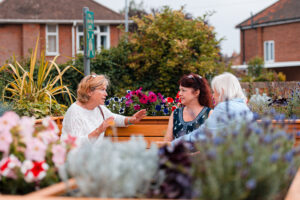
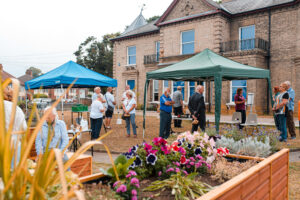
 Big Local Little Voices brings together young people aged eight to 16 who wouldn’t usually spend time with each other to work alongside adults in the Big Local partnership. The aim is to break down barriers between young people in the community and adults working and volunteering for Big Local.
Big Local Little Voices brings together young people aged eight to 16 who wouldn’t usually spend time with each other to work alongside adults in the Big Local partnership. The aim is to break down barriers between young people in the community and adults working and volunteering for Big Local.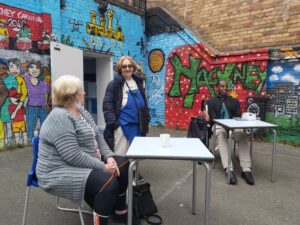
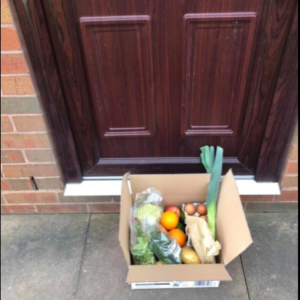 While the pandemic has brought many challenges, it has also brought some communities closer together.
While the pandemic has brought many challenges, it has also brought some communities closer together.